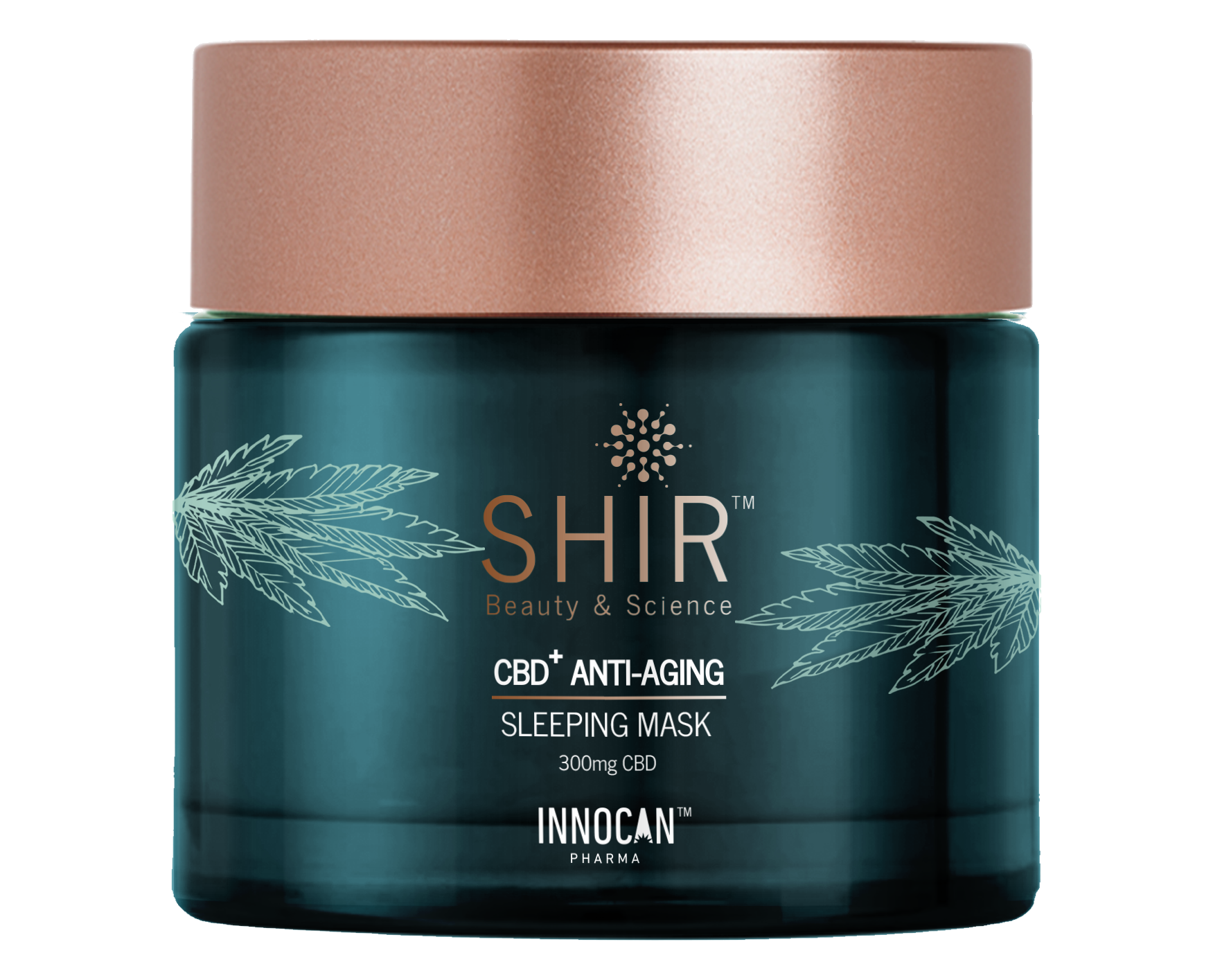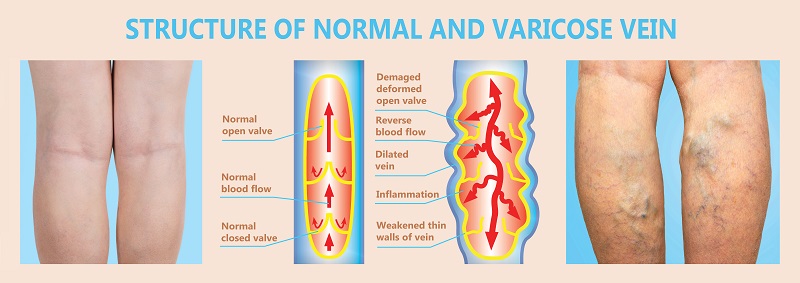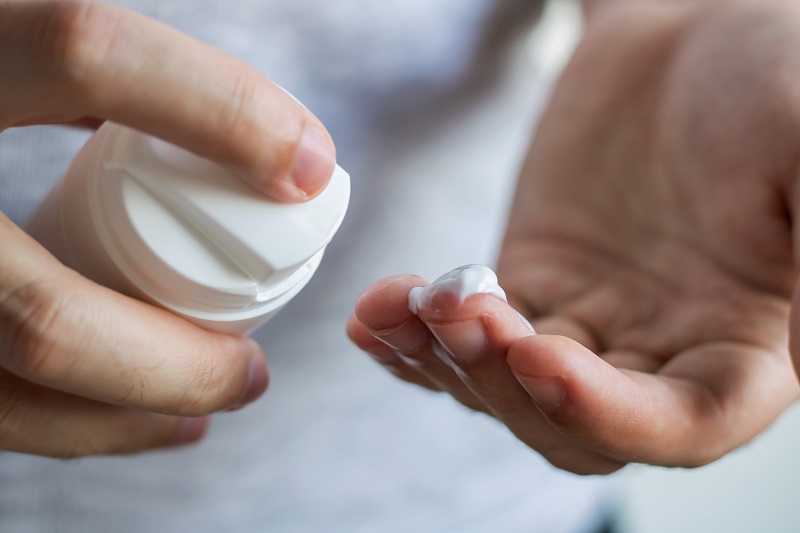Transdermal CBD Application for Helping Patients with Temporomandibular Disorders
![shutterstock_1732974842 (1) [Converted]הההההה](https://innocanpharma.com/wp-content/uploads/2020/09/shutterstock_1732974842-1-Convertedהההההה.jpg)
Amongst the many medical benefits that CBD offers, another spectacular application of it is related to Temporomandibular disorders. For nearly the million people suffering from Temporomandibular disorders, CBD can have incredibly therapeutic and pain-relieving effects. Since CBD products are available in several forms – Pain Relief Sprays, Pain Relief Roll-Ons, and Pain Relief Creams – one is provided with multiple options to choose from.
Temporomandibular disorders affect millions of people across the world and are fairly common. Traditional treatment methods include physiotherapy, pain medications, and bite guards. However, these aren’t very effective in several patients. The relief obtained from these treatment methods is minimal or non-existent. For such patients, living in pain and discomfort becomes the norm of their daily lives. Simple acts like chewing your food or smiling at a joke become extremely painful and uncomfortable.
In such cases, CBD can be a very effective drug. Owing to its high bioavailability, direct reception with the human body’s endocannabinoid system, and minimal side effects, CBD application, especially transdermal, can be incredibly powerful. What exactly are Temporomandibular disorders, and how can transdermal CBD application help patients? Let’s have an in-depth look into the same.
What are Temporomandibular Joint (TMJ) disorders?
Temporomandibular is a sliding hinge joint present in the human body that helps connect your jawbone and your skull. It is because of this sliding hinge joint that humans can smile, talk, cry, laugh, eat, whistle, yawn, and do such activities.
Temporomandibular disorder is a condition where this joint and its surrounding muscles get compromised. Your bones and muscles in your jaw become painful and inflamed. In some cases, the pain is so severe that sitting still becomes a challenge.
To identify whether someone is suffering from Temporomandibular disorders or not, you must be aware of what to look out for. People suffering from Temporomandibular disorders undergo numerous symptoms, including:
- Pain in and around your jaw
- Chewing and eating becomes incredibly painful
- Spasming in jaw muscles or Lockjaw
- Severe headache
- Pain in your ears and mouth
- Difficulty in speaking or smiling
There are several reasons why someone could be suffering from Temporomandibular disorders. The most common reasons include a severe jaw injury or a certain type of arthritis. If you have been involved in any sporting or automobile accident and your jaw received an impact, you might be at a high risk of suffering from Temporomandibular disorders. There are also certain types of arthritis, such as osteoarthritis or rheumatoid, where Temporomandibular disorders come as a side effect. In some very rare cases, Temporomandibular disorders can manifest in people who have a tendency to continually clench their jaw or grind their teeth.
What are the effects of Temporomandibular disorders?
Temporomandibular disorders might not seem like a big deal, but they can severely affect the lives of people suffering from them. Even the slightest pain in our jaw makes eating food or speaking to other people uncomfortable. Since you cannot open your mouth without feeling pain, chewing and ingesting becomes even more problematic. Moreover, this problem gets worse in patients who are suffering from Temporomandibular disorders and have lockjaw as a symptom. The uncontrollable spasms of the facial muscles make daily life a struggle. In Temporomandibular disorders, where the pain is often unbearable, people have to switch to liquid diets to be able to get the nutrition they need.
Temporomandibular disorders also affect a person’s ability to socialize. When you are not able to speak comfortably and confidently, it can be very difficult to keep up with your social circle. Constantly being in pain and not being able to converse severely affects the patient’s interpersonal relations. Another effect of Temporomandibular disorders is the perception people have regarding their faces. As Temporomandibular disorders progress, muscles on one half of your face develop quicker than the other half. This development is very noticeable and can make people very conscious of their looks.
Treating Temporomandibular disorders with CBD
When it comes to the treatment of Temporomandibular disorders, the scope is generally very limited. Physiotherapy and pain medications are usually the extent of it. CBD offers its benefits in dealing with Temporomandibular disorders three-fold. The first part of using CBD topicals such as Pain Relief Sprays, Pain Relief Roll-Ons, and Pain Relief Creams is to get relief from the pain and inflammation caused by Temporomandibular disorders.
Over the years, there have been many studies, such as a study published in Neuropharmacology and a study published in the European Journal of Pain, that has spectacularly proven the positive effects of reducing pain and inflammation. The non-habit forming CBD works especially well in cases where the pain is originating in the bones or the muscles. This capability works very well in dealing with the symptoms of Temporomandibular disorders. Making use of Pain Relief Sprays, Pain Relief Roll-Ons, and Pain Relief Creams to relieve the pain and inflammation is a very good option. Patients can directly apply the Pain Relief Sprays, Pain Relief Roll-Ons, and Pain Relief Creams on the problem area without any side effects.
Temporomandibular disorders also cause muscle spasms in the jaw or Lockjaw in some cases. When this happens, the jaw muscles begin to convulse uncontrollably, causing a lot of discomfort and pain. One cannot eat, drink, or speak with ease. A study published in the New England Journal of Medicine showed that CBD is a powerful anticonvulsant drug. It is often used to treat seizures and epilepsy and is thus a good candidate to deal with the symptoms of lockjaw in patients suffering from Temporomandibular disorders as well.
These effects are possible to be received from the ingestion of CBD since it works like a neural blocker. The human body’s endocannabinoid system takes care of numerous physiological processes. Some of these processes are responsible for releasing hormones or chemicals that let the brain know that you are experiencing pain. They also interact with the concerned muscles and bones to make the inflammation more severe. CBD works by interacting with receptors in the endocannabinoid system. CBD doesn’t just block the pain signals but also inhibits the production of chemicals that aggravate the pain and inflammation. Thus, it works by taking care of the symptoms as well as the root cause.
In such cases, CBD can also be taken in forms other than Pain Relief Sprays, Pain Relief Roll-Ons, and Pain Relief Creams. Pills, capsules, intramucosal, oromucosal, tinctures, and edibles are available at any drug store for you to buy them from. Pills and capsules can be utilized in cases where patients do not like to put Pain Relief Sprays, Pain Relief Roll-Ons, and Pain Relief Creams on their faces. For patients who do not prefer pills and capsules, CBD can also be administered via intramucosal or oromucosal methods. Other than this, CBD tinctures can be used to place a few drops of the CBD oil under the patient’s tongue. The chances of absorption in this method are very high. CBD can also be found as edibles in the form of chocolates or gummy bears for easy ingestion.
Transdermal application of CBD
Now, the third application of CBD in treating Temporomandibular disorders is transdermal. CBD has a very high bioavailability. This means that when it is directly introduced onto the problem area, it has a very high chance of getting fully absorbed and performing to its complete potential. Thus, even though the topical application of CBD is great, its transdermal application can bring about phenomenal results. Reducing the pain and inflammation in Temporomandibular disorders is very important. Temporomandibular disorders are painful because the cartilage around the bones has decayed, and the bones are now painfully rubbing against each other. This further aggravates the inflammation and makes the condition more severe.
Achieving this can be tough via topical CBD products. Plus, using pills and capsules might not be as effective since there’s no guarantee of how much of it will get absorbed and be sent to the target area. However, when you introduce CBD to the target area through a transdermal application, you increase its potency. A recent 2019 study published in the Journal of Clinical Medicine proved that the transdermal application of CBD in patients suffering from Temporomandibular disorders had highly therapeutic effects. It acted as a muscle relaxant enabling the patients to receive relief from the painful condition.
Owing to the immense medical benefits that transdermal application of CBD offers in terms of Temporomandibular disorders and other diseases and conditions, it is also recommended to use transdermal CBD as a preventive measure to Temporomandibular disorders. In patients who are suffering from arthritis, especially rheumatoid or osteoarthritis, but aren’t experiencing any symptoms of Temporomandibular disorders, it is advisable to begin transdermal CBD application. This not only helps in tackling the issue at hand but also prevents the patient from developing Temporomandibular disorders. However, make sure to consult your doctor regarding this and do not self-medicate.
There are several methods of introducing CBD into the skin transdermally. Transdermal creams, lotions, sprays, and oils are much more advanced than a regular topical solution. Plus, there are also CBD transdermal patches. They usually work on the concept of a concentration gradient. These transdermal patches have a high concentration of CBD, and when applied on the problem area, the CBD naturally moves from higher concentration to lower concentration, that is, on your skin. This way, CBD is effectively introduced into the skin. Topical CBD solutions usually do not come with such a high bioavailability. In some cases, transdermal CBD injections might be used as well. However, CBD injectables are not very advanced yet and need more research and development to be used as a viable mainstream method of treating Temporomandibular disorders.
Other benefits of using CBD for Temporomandibular disorders
Since Temporomandibular disorders cause the facial muscles to deteriorate, the signs are very visible on the patient’s face. This makes it difficult for the person suffering from Temporomandibular disorders to go out in public and interact with their peers. The consciousness of not being able to do simple tasks and of the appearance of their face can cause a lot of stress and anxiety to the patient. This makes them overwhelmed whenever they need to go out in public or entertain guests. Side effects like insomnia, loss of appetite, and more are also very common in people suffering from Temporomandibular disorders.
In such cases, CBD can be very helpful. CBD has proven effects in dealing with mental stress and anxiety. Using it to regulate your moods and irritability can be very beneficial. CBD is also helpful in regulating your bowel movements and increasing your appetite. This way, not only can you get relief from the symptoms of Temporomandibular disorders but can also deal with the mental stress and anxiety that comes with such medical conditions. It can truly serve as a multipurpose solution to deal with a host of problems that come along with Temporomandibular disorders.
Conclusion
Temporomandibular disorders can be extremely debilitating and tough to deal with daily. The constant pain, inflammation, and muscle spasms limit the patient’s capability to do even the simplest of tasks. From being able to chew the softest food to speaking even small phrases, Temporomandibular disorders take away the ability to live life normally. CBD brings a bright ray of hope when it comes to not just dealing with the symptoms of Temporomandibular disorders but also treating the problem at the root level.
Transdermal CBD applications are a thoroughly powerful solution to provide relief to patients suffering from Temporomandibular disorders. They are more potent than topicals and capsules and can bring quicker results. Moreover, the dosage from transdermal CBD products is highly accurate. This way, patients receive the exact dosage of what they require. While more research and development is required in this domain, transdermal CBD does show high potential to be used as a mainstream treatment method for Temporomandibular disorders in the near future. Living a painless and stress-free life can be made possible for Temporomandibular disorders by using CBD. It’s new and innovative yet carries with it the power to truly bring about revolutionary changes.
More articles:










